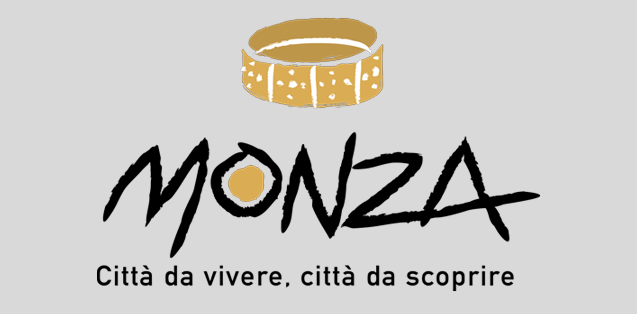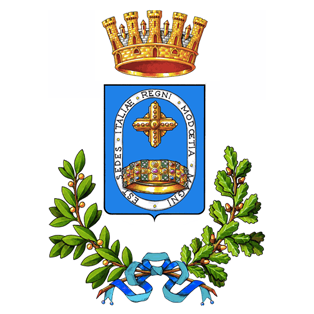The town of Monza
The area occupied by today's Monza was inhabited since the Iron Age. In Roman times, Monza (then known as Modicia) became the area’s most important settlement, even though it still depended on the nearby Mediolanum (Milan). Thanks to its position on the banks of the River Lambro amid extensive woodlands, the town became a crossroads between Milan and Brianza, the Bergamo-Como road and the North. However, archeological finds suggest that, in Roman times, Modicia was a relatively small settlement.
The Kingdom of the Lombards
Monza gained a certain prestige only towards the end of the 5th century when Theodoric, following the conquest of Milan, chose the town as the site for his palace because of its mild summers and healthy climate. Thanks to its strategic position, Monza would become one of the most important towns in the Lombard kingdom.
The town’s fortunes took an upward turn under Queen Theodelinda, wife of the kings Autari and Agilulf. Of Catholic faith, Theodelinda decided to establish her seat in Monza and ordered the construction of a palace and a chapel dedicated to Saint John the Baptist, where, in 603, the heir to the throne Adaloald was baptised.
In the two centuries that followed, the town of Monza, home to the royal court, prospered and increased its administrative and religious independence from Milan.
The first written evidence of the coronations of the kings of Italy taking place in Monza dates back to the 12th century. Frederick I (‘Barbarossa’), crowned king of Italy in 1158, put the town under imperial protection and built a large new palace using teh material from the demolition of the city walls of Milan.
From the 12th century onwards, with the establishment of the town authorities, Monza experienced a period of great urban and economic development. The town won recognition as a centre of weaving and woollen cloth excellence.
The age of the dukedoms
Towards the end of the 13th century, the structure of the town was characterized by a high concentration of monastic and convent buildings.The City moves away from the feudal power of the archpriest of the Cathedral, and chooses as its headquarters the Arengario. In the same period Monza takes part in the power struggle between the Visconti and Della Torre families, for the supremacy in the Milanese. Following the battle of Desio, Monza saw a revival in the building activity, including the reconstruction of the cathedral (‘Il Duomo’),completely rebuilt starting from the 31st May 1300. The Viscontis understood the strategic importance of Monza in the newly established duchy and the significance of the church of Monza as a centre of power and prestige, independent from the Archbishop of Milan and bound to the Empire for the presence of the Iron Crown and the tradition of the imperial coronations. The construction of the castle started in 1324 by Galeazzo Visconti.
With the shift of power to the Sforza family, in 1447, Monza established itself as an important center of production and trade of woolen cloth. The most significant architectural development of the period was the creation of a square (‘Piazza del Duomo’) on the west side of Saint John’s cathedral.
The arrival in Italy of Charles V coincided with the age of the plagues, which decimated the population, and the merciless taxation. The townscape remained largely unchanged. In 1648, the Durini banking family bought the district of Monza: the economy recovered and saw the emergence of a hat-making industry. The noble families and new entrepreneurial middle class chose Monza for their residences, thus influencing the town’s urban development.
The great changes of the 19th century
During the 1800s, demographic growth went hand in hand with building projects that substantially changed the face of the town: the construction of the archduke’s palace, Villa Reale, between 1777 and 1780; the gradual demolition of the medieval fortifications; the appearance of workshops and factories; the expansion of the built-up area beyond the medieval walls, aided by the repression of religious property. A park was created in 1806 by order of Napoleon I and, in 1838, Monza was given its official ‘città’ (city or large town) status. The Milan-Monza railway, the second in Italy, was inaugurated in 1840. It was a period of intense industrial growth marked by an urbanization of the countryside as the town merged with the surrounding villages, expanding southwards between 1880 and 1930 and providing the entire area with the facilities and services typical of a large town. The 19th century also witnessed the construction along Viale Cesare Battisti of villas for dignitaries firstly of the archduke’s court, and then those of the Savoy court. Urban development after the Second World War was largely characterized by high-density housing in the outskirts of the town, regulated by strict town planning legislation.



